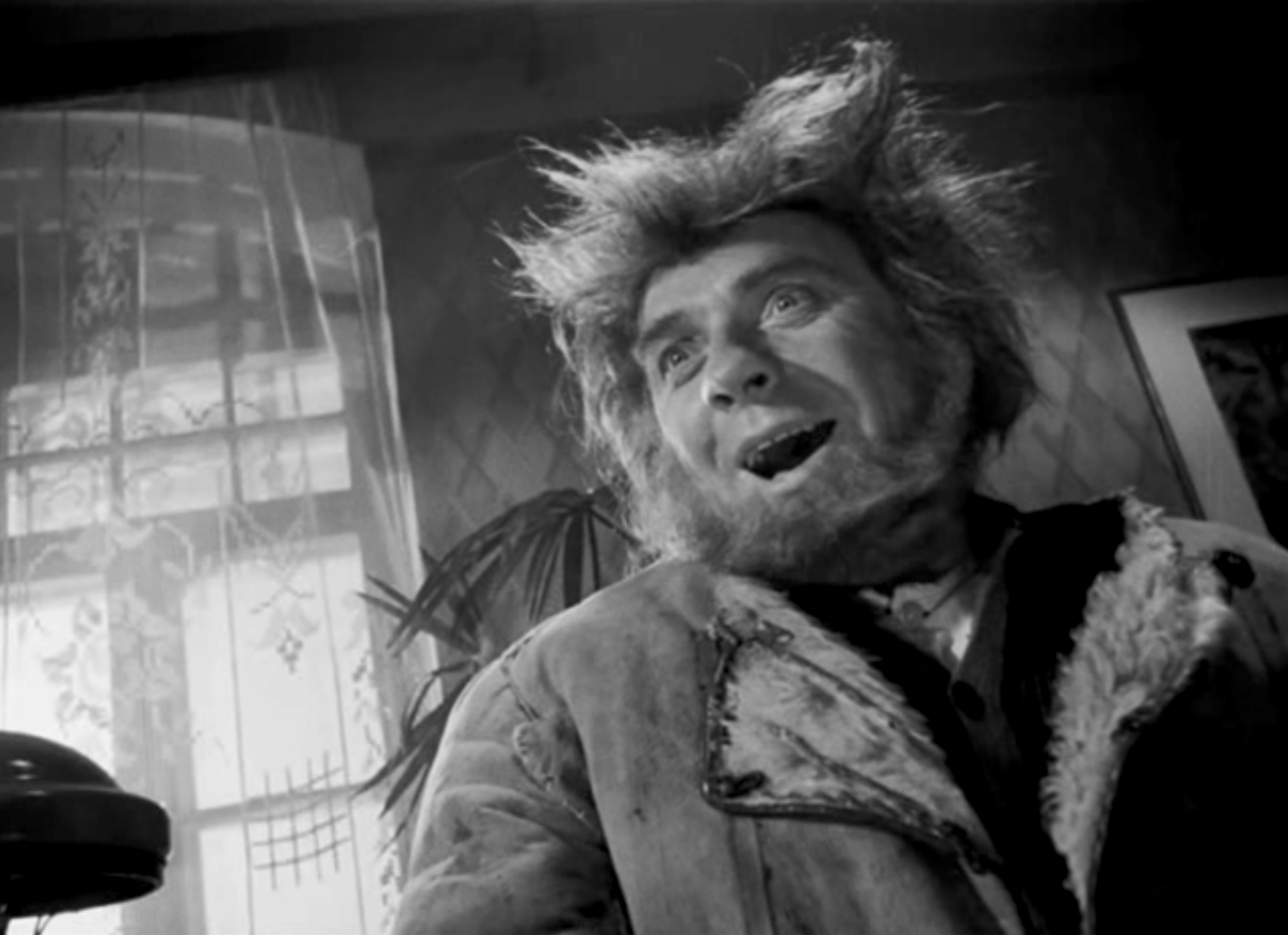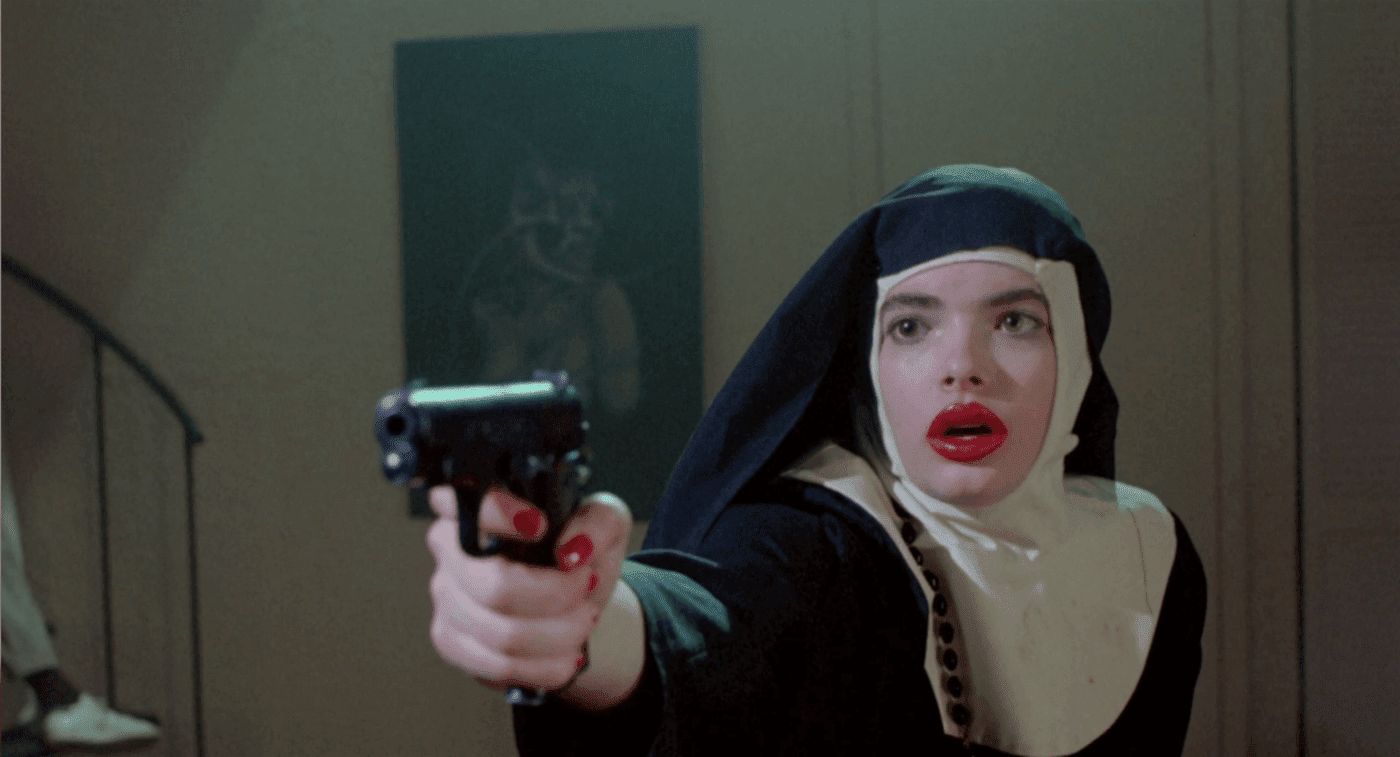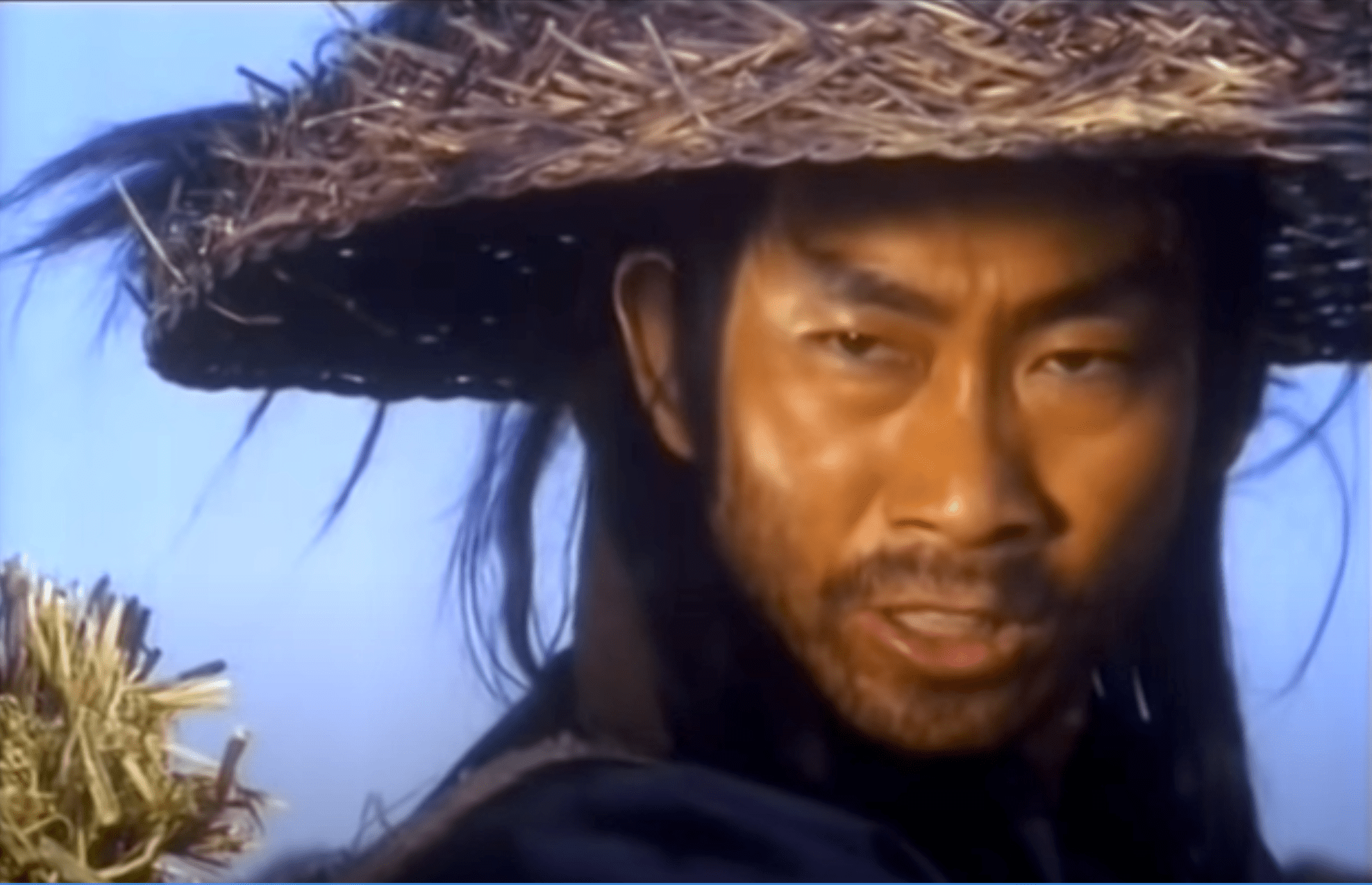
If I had to pick a favorite martial arts film, it would be Fist of Legend. Mostly, it’s due to the star, Jet Li, and the fight choreography. The story is not exceptional, but I appreciate that it is kept simple and straightforward, so it doesn’t get in the way of the kung fu. Earlier Hong Kong films often featured so many different characters, clans, and obscure Chinese history, I spent all my time trying to figure out who was who.
Fist of Legend was a Golden Harvest production. In the world of Kung Fu films, Golden Harvest was always second after The Shaw Brothers. The Shaw Brothers were a much bigger, older, and better-known company, but they were more resistant to change. They had a huge production park, a stable of contracted actors, and a worldwide distribution system. With such a large operation in place, they stuck with the tried and true formulas they could rely on to generate profits. Golden Harvest was a little more adventurous in their productions.
The golden age of Hong Kong martial arts cinema began in the seventies, and by the early nineties, it was in decline. Fist of Legend was an early forerunner to a second wave of films with better production value and better choreography. By the time Fist of Legend was put into production, Jet Li, who played the main character, had already starred in a long list of more traditional kung fu films.
Unlike many of his contemporaries, Li was more stoic and reserved on screen. Even in fast-paced fight scenes, his face would often remain stern and still. He was classically trained in traditional wushu, and it shows. His movements are disciplined and graceful. His fight scenes often featured a careful economy of movement, as opposed to someone like Jackie Chan, who first trained in the circus and used a more frenetic, acrobatic style.
Fist of Legend features some exceptional fight scenes that were a breakthrough in realism at the time. It was directed by Gordon Chan and the choreography was arranged by Yuen Woo-ping. It was released in 1994 and actually didn’t do that well at the box office, but it does, however, currently have a 100% rating on Rotten Tomatoes.
The story is set in 1914 and follows Li’s character Chen Zhen, who must navigate life in Hong Kong under Japanese occupation. The Chinese movie industry never tires of making anti-Japanese films. I suppose it’s understandable, but it gets a little repetitive.
Chen Zen has been away at school in Japan, where he fell in love with a young Japanese woman named Mitsuko Yamada. When he returns to his kwoon (kung fu school), he learns that his master has been challenged and killed by the master of a new Japanese karate dojo. This strikes Chen Zen as impossible, and so he spends most of the film trying to find out what really happened. Most martial arts films are formulaic hero’s journeys, but Fist of Legend is more like a thriller where the protagonist has to discover the villain before he can confront him.

The plot provides the conflict, so we can watch plenty of fights, but in addition, we also follow Chen Zen as he develops his own style of kung-fu which he teaches to his kwoon. This helps sharpen the film's focus on careful choreography.

The biggest challenge in choreographing a fight scene is making it visible. A real fight is fast and closed in. Filmmakers have to open it up while maintaining realism. It all comes down to the secondhand. In a real fight, fighters use both their hands. You would never throw just one punch and then wait to throw the other. Unfortunately, in most choreographed film fights, the combatants throw one punch, and then pause with their arm outstretched and their body wide open. The problem is that if they were to throw the second punch, they would obscure their opponent and the fight. It’s a very difficult balance to manage. People end up looking ridiculous, just standing there waiting to be clobbered.
Fist of Legend does pretty well with this challenge. When you film martial arts movies in Hong Kong, whether it is for the Shaw Brothers or Golden Harvest, the actors understand that they are going to take some blows and sustain a few injuries. There are a lot of cracked ribs and bruises, but that said, it takes an enormous amount of control to act out one of these fights.
Films like The Bourne Identity or Mission: Impossible chop up fights into rapid-fire montages comprised of tiny millisecond clips, but in the Hong Kong tradition, cuts are long and often filmed from a further distance to highlight all the fancy footwork. Hong Kong actors have to be accomplished practitioners of their art and work in split-second coordination with their partners.
There are plenty of good fights in Fist of Legend, but it is the final climactic fight that really stands out. Chen Zen must fight General Fujita. The general is tall and terrifyingly tough. Some of his defensive moves are simply to step forward into his opponent's strike, causing their fist or foot to jam or bounce off him. The final fight scene is 10 minutes long and features some very impressive choreography.
There’s no CGI, no wires, no stuntmen, just a lot of beautifully performed kung fu. General Fujita is a little stiff, but he is played by Billy Chow, who was the WKA World Welterweight Champion in 1980.
Fist of Legend is technically a remake of Bruce Lee’s second film Fist of Fury, another Golden Harvest production.Bruce Lee had a lot of bravado and style, but his films were very poorly made, Fist of Legend is far better. It might be pushing it to claim that Fist of Legend features good acting, but it is certainly better than many kung fu films from that time. It is a tight, well-made film, and choreographer Yuen Woo-ping delivers some exceptional fight scenes which, after all, is the reason we paid the price of admission.




